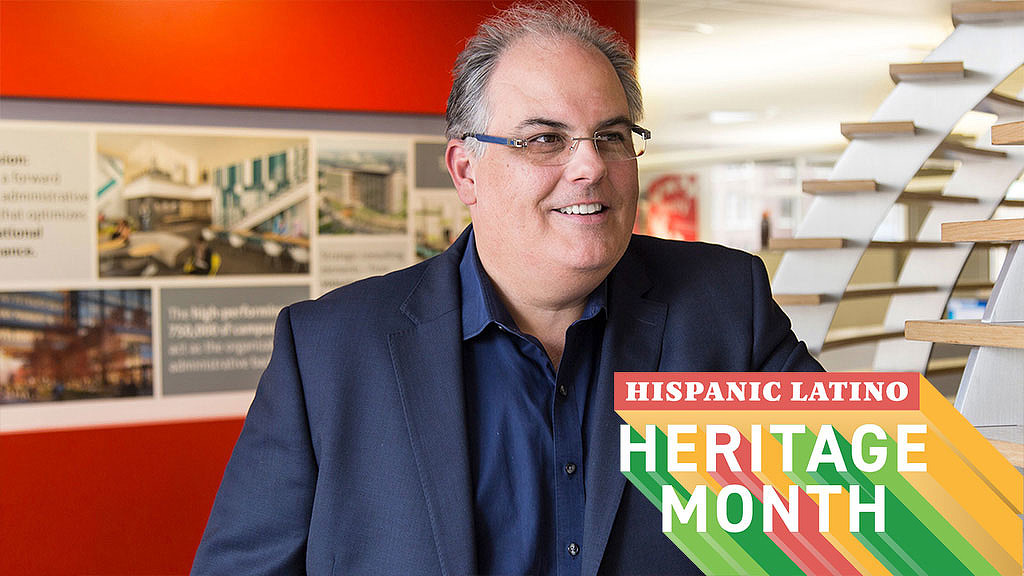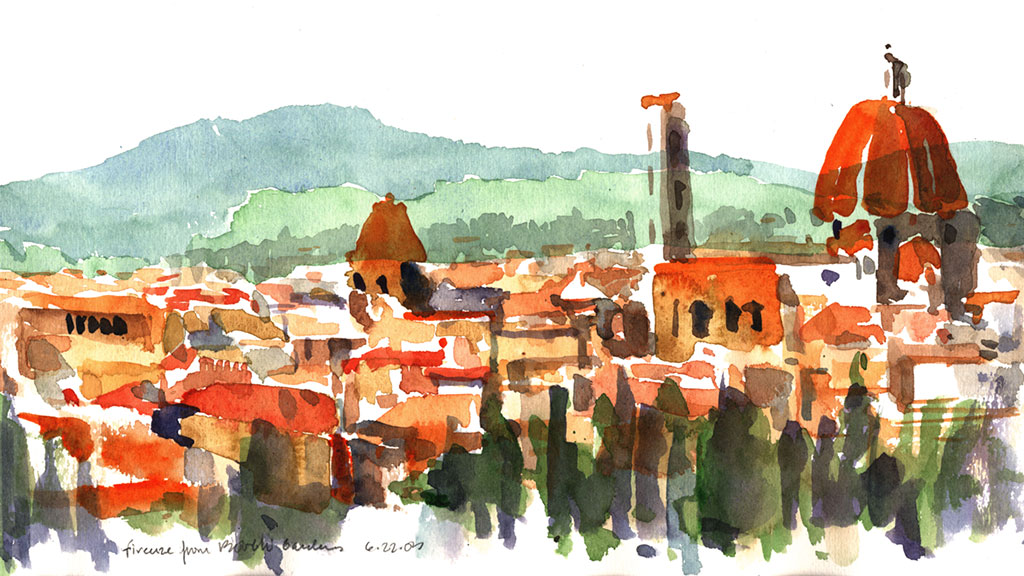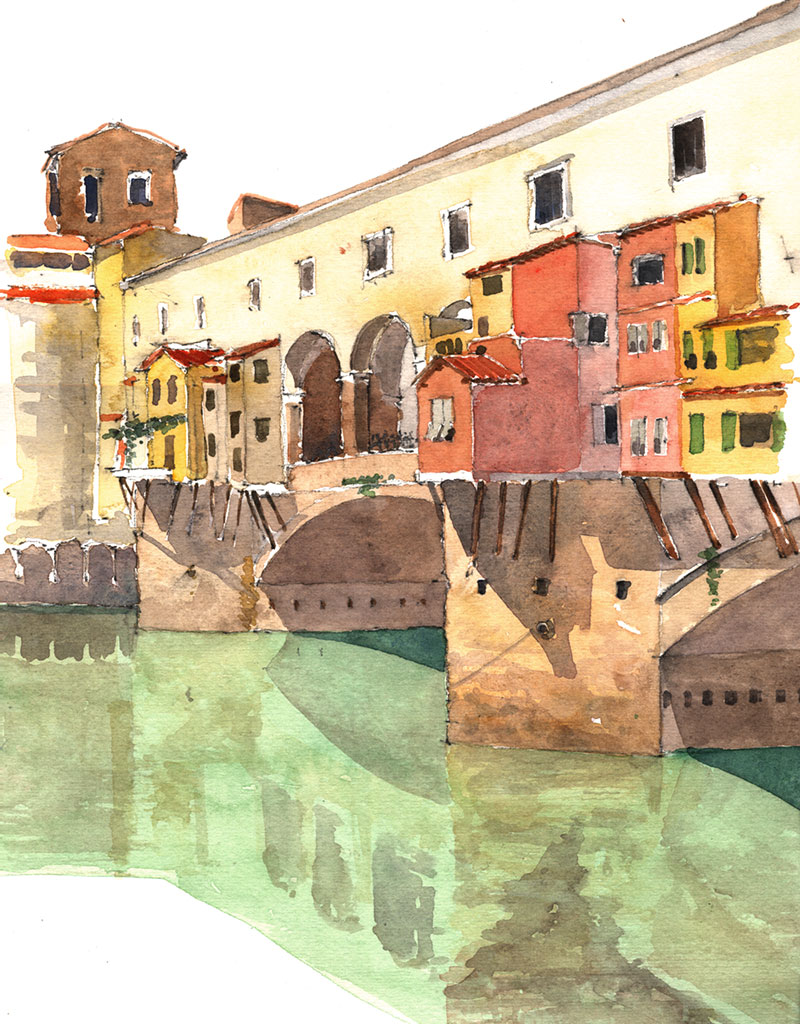Gensler Voices: Alex Fernández on the Art of Drawing to Envision a Better Future
September 29, 2021
This Q&A is part of a series of interviews with Gensler architects, designers, and others in the firm about their career journey, and the impact that design and architecture can have on our communities and the human experience. Here, we sit down with Alex Fernández, design director, Gensler Boston:
What was an early experience that influenced your career?
I was fortunate to grow up around art. My mother drew and painted, and her art sparked my interest in drawing and painting, which was foundational to my interest in pursuing architecture.
During college, my master’s program and after school, I spent a lot of time in Italy, where I experimented with watercolors and other media as a way to get to know the local landscape. These years were pivotal to my career — they opened my eyes to the intrinsic relationship between buildings and cities, and how that relationship shapes the human experience at all scales.
Another important moment for me was the first time I saw my drawings realized as a built project. Being able to ‘walk’ through the spaces I had visualized on paper was deeply impactful. That experience brought into focus how buildings and space influence peoples’ day-to-day experiences.
What role does architecture and design play in shaping the minds of future generations?
I see design as a civic duty. Just as we design and build on the shoulders of those that preceded us, we have a responsibility to mentor younger generations and encourage them to offer their unique perspective and insights. Designers and architects influence the way cities grow and the way people interact with built space and the environment. It’s an important role, at every scale, and we owe it to future generations to do meaningful work that improves our world.
The most important thing I've learned as an architect/designer is...
Through my work, I’ve gained a keen awareness of the world around me. I have learned to quietly observe and think about the built environment and the way it can structure and improve our lives. This mindfulness and observation, combined with the act of drawing, have become my preferred tools to envision my ideas and a better future.
If you could choose anyone, who would you like to design a project for?
If I could travel through time, I would design a home for my grandmother. She was a humble, compassionate, and generous person who lost her home in Cuba in the 60s due to political turmoil. She never asked for or expected much, but she gave everything to her family, and was one of the cornerstones of my upbringing. Designing a home for her would be a dream — a way to acknowledge what my grandmother did for me, and to give back to my family’s roots.
Name a building or space that every designer should see in person:
There are too many to name! I’ve drawn inspiration from so many places. Experiencing a building or space with fresh eyes is a great way to observe how people interact with the built environment through a different lens, and I’ve found it really broadens my practice and thinking. A few of my favorites:
- A sunset in Santorini, Greece, where architecture, land, and water marry every day.
- The Palio Race in Siena, Italy, when an ancient ritual takes over the main public space and people rotate their bodies three times following the horses around the racetrack.
- My home, where I recharge with the people who matter most!
For media inquiries, email .


